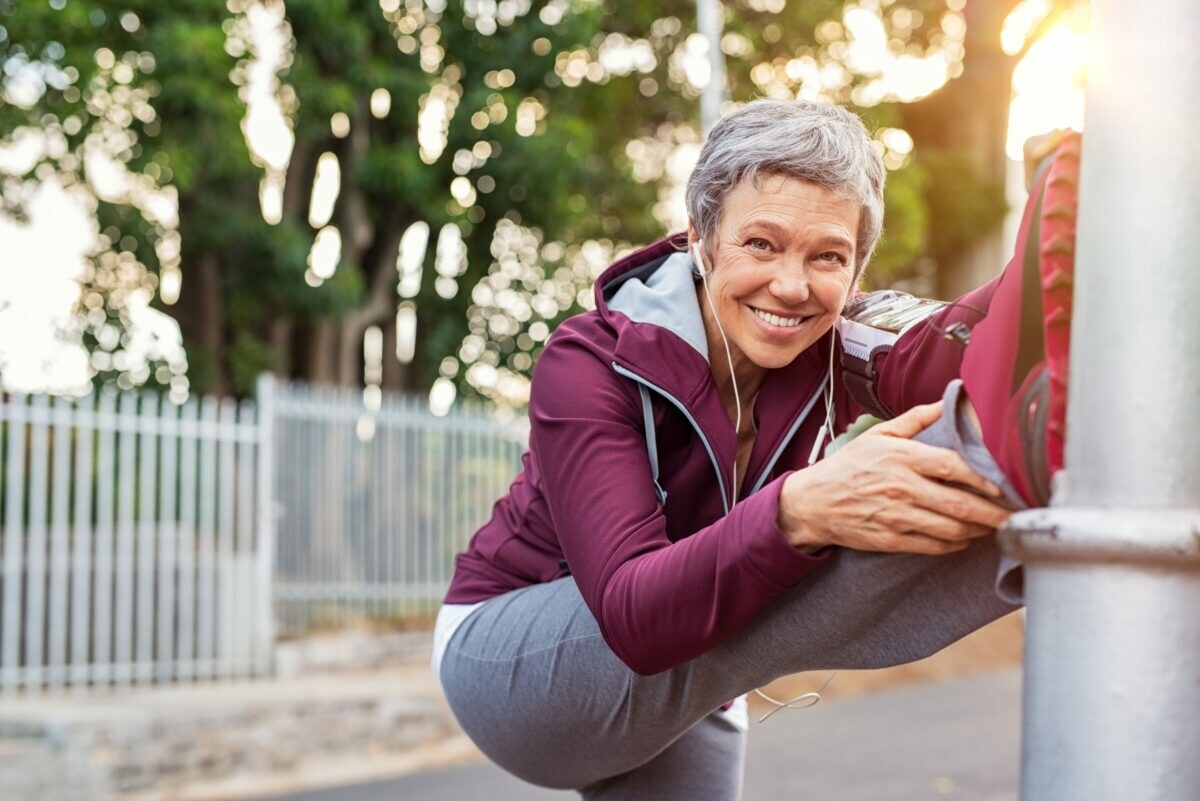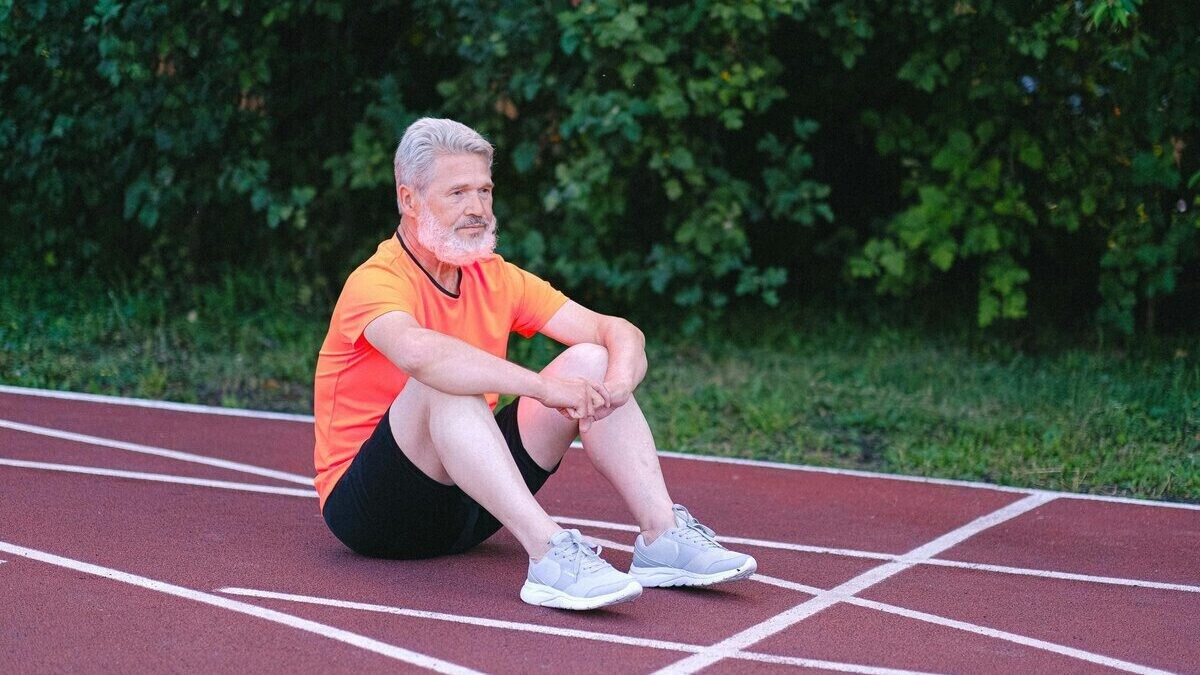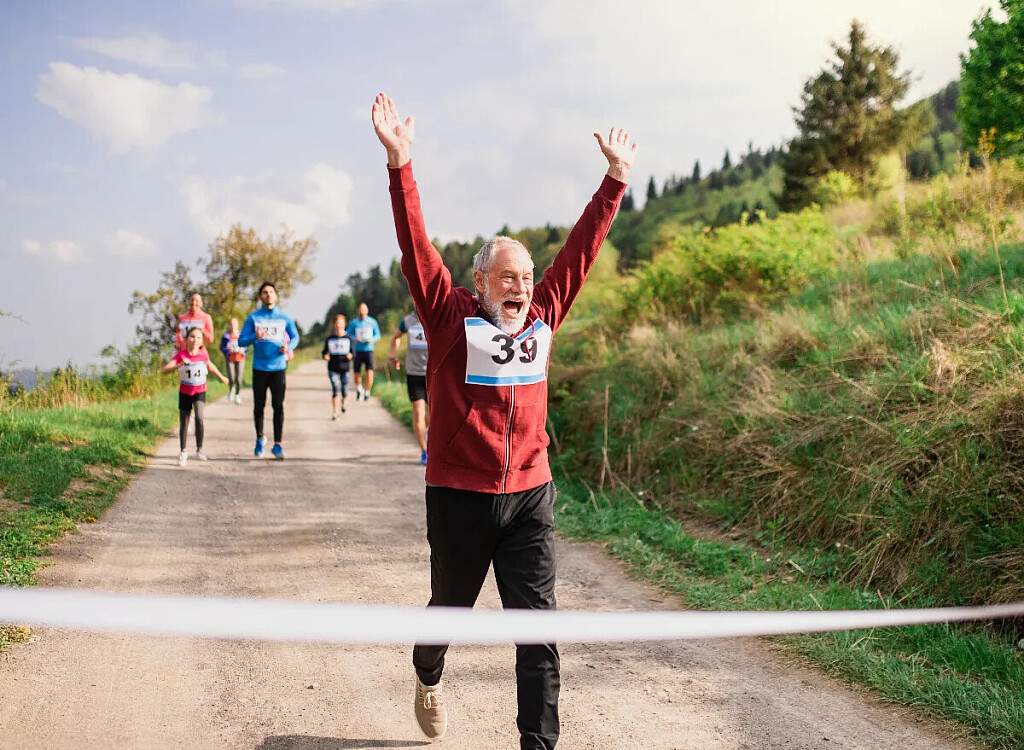Running News Daily
Running News Daily is edited by Bob Anderson. Send your news items to bob@mybestruns.com Advertising opportunities available. Train the Kenyan Way at KATA Kenya and Portugal owned and operated by Bob Anderson. Be sure to catch our movie A Long Run the movie KATA Running Camps and KATA Potato Farms - 31 now open in Kenya! https://kata.ke/
Index to Daily Posts · Sign Up For Updates · Run The World Feed
Aging without injury: how older runners are killing the game
Injuries are not fun, and neither is aging, but the two don’t always go hand in hand. Canadian physiotherapists argue that whether you’re fresh out of school or newly retired, age does not necessarily determine your running injury status. In fact, these physiotherapists have found older runners outperforming newcomers to the sport, and here’s why.
Staying in tune
Waldo Cheung, a physiotherapist and speaker at Québec City’s The Running Clinic, says as much as 80 per cent of injured runners can have their injuries attributed to training errors. He explains that since the advent of running watches, many new runners have mistakenly overdone it by following their watch’s training schedule rather than listening to their bodies. Older more experienced runners who may have run for many years, Cheung says, tend to stick to what they know, which usually isn’t technology. Instead, they deload (i.e., take a short, planned break from high intensities and volume) from time to time, allowing their bodies to recover between training builds.

Movement as medicine
An old stereotype observed by physiotherapists is that running into your old age can lead to knee osteoarthritis (the result of wear and tear and progressive loss of cartilage). In reality, the prevalence of knee osteoarthritis in recreational runners is three times less than in sedentary non-runners. Greg Cugnet, a physiotherapist at Kitsilano Physiotherapy Clinic in Vancouver, has found that older people, even those with knee osteoarthritis, improve their knees by running because they continue to build muscle. Younger runners who sign up for a race and take long breaks between training, Cugnet says, are at a much greater risk for knee injuries.

Reducing stress
Mechanical stress quantification, also known as load management, is the process athletes use to manage stress on their tissues. Cheung points to studies by The Running Clinic that have found that younger runners often push their bodies to the limit, putting a lot of stress on their tissues. With more years under their belt, older runners tend to prioritize slower and longer runs, as well as being happy and well-rested, making it easier for their bodies to adapt to training.
Our bodies are very capable of adapting to change and telling us what they can do. But when we do too much, too soon, that’s when injuries happen—regardless of age.
by Katrianna Desante
Login to leave a comment




